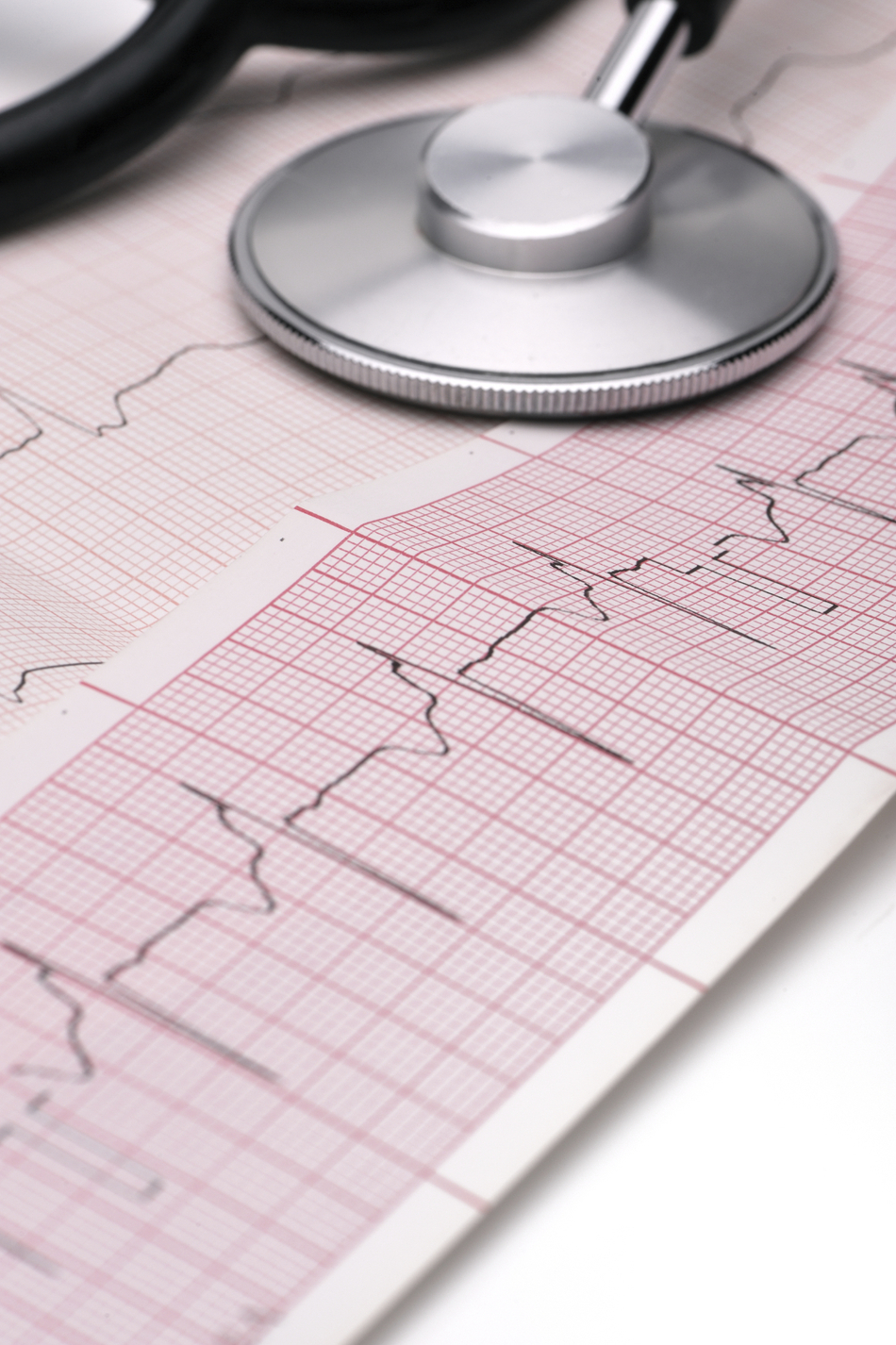
Announcer: Medical news and research from University of Utah physicians and specialists you can use for a happier and healthier life. You're listening to The Scope
Dr. Stehlik: How does advance imaging help improve the treatment of patients with heart failure? I am Dr. Josef Stehlik along with Dr. Stavros Drakos, and today we're talking with Dr. Jeroen Bax, a cardiologist from Holland and the president of the European Society of Cardiology, who is speaking at the Utah Cardiac Recovery Symposium, U-CARS, at the University of Utah.
Professor Bax, I would like to ask you how your field of cardiovascular imaging relates to a patient who presents to a doctor with a heart condition.
Dr. Bax: If we speak about imaging and how does it relate to the specific patient, I think one needs to realize the information one needs to have, so if we speak about such a patient, the first thing is that we need to diagnose specifically what's going on with this patient. Why is his heart not functioning? What is the problem underlying that? And based on the information that we get from our modern technologies such as modern CT scanners, MRI scanners, echocardiography, but also nuclear imaging, this information will help us then to select the therapies.
What are the therapies? Well, we could go for medical therapy, could go to surgery, we could have device therapies such as cardiac stenting, pacemakers, supporting hearts and transplantation. Once we have selected the therapy based on this imaging that we have acquired, then we could actually look into determining the prognosis for the individual patient. What is the prognosis after we have decided exactly what we are going to do? And that's the cornerstone, I think, the prognosis eventually for the patient.
Dr. Drakos: So Dr. Bax, my name is Stavros Drakos, as my colleague Josef Stehlik said. We are cardiologists here at the University of Utah, and we see all the time patients coming with more than one heart attack and their heart is weak. They don't feel well. They're tired. They're short of breath. So how would you approach a patient like this? How is advanced imaging going to help you?
Dr. Bax: Yeah, that's exactly sort of giving an example of what we just spoke about. In this case we actually need to know for this patient what do we need to do, what are the therapeutic options, and to understand the therapeutic options we actually need to image his heart. So we look in this specific heart, where are the infractions? We have all these modern technologies that I just indicated and the focus is where are the infarctions and how big are these infarctions? How much scar tissue is there in this heart, and if there is a lot of scar tissue then the likelihood that he will improve based on medical therapy or something is not that high. But if there is very little scar tissue we can just focus on giving medication. So the imaging is going to help us to choose the strategy for the patient.
A lot of scar tissue means that we have to look for different things than just medication. Then we need to think about devices such as pacemakers that can help improve the function of the heart, or maybe bypass surgery is needed, that we need better blood flow to this heart, or maybe in a worst case scenario, we need to think about transplantation. These decisions can be made by the modern imaging technologies that we have.
Dr. Stehlik: Let me now ask you about a different patient, actually not a patient, just a person who's at home and hears about her best friend about the same age, same lifestyle, having a big cardiac event, and now this person comes and says, "Well, wait a minute. Am I at risk? Should I have my heart imaged? Will that change my future?"
Dr. Bax: Yeah, that's a very important question. We're now shifting actually towards the topic of prevention and that is important. Actually we have techniques for that. We have, for example, the technique of CT scan that most of us know nowadays. With CT scan we can look, just with the scan, not from inside but from outside, at the patient's coronary arteries and we see if there is obstructive coronary artery disease. This is already affecting the coronary arteries. Is there already atherosclerosis? Do we need to think about something? If we see little bits of atherosclerosis we can actually then help this individual and improve his lifestyle.
What could we think about, then? Healthy lifestyles. That means exercise more, reduce taking too much food, control the blood pressure, quit smoking, and actually this can be done in collaboration with general practitioners. So this sort of screening imaging can really help to prevent. I think now we're talking about adults looking at these things, but eventually the future might be that we are going to look at the early youth when we need to intervene. More healthy lifestyles. Imaging can also play a role there, but then we don't talk about CT scanners. Then we speak about certain echocardiography techniques where we can look at the heart, how is the heart functioning, and based on that we can actually decide upon helping these individuals for a better lifestyle.
Announcer: We're your daily dose of science, conversation, medicine. This is The Scope, University of Utah Health Sciences Radio.
Eight Steps to a Healthier Heart
Your heart beats approximately 100,000 times every day, circulating your blood across a distance of about 12,000 miles. From dietary choices to physical activity, sleep habits, and managing factors like smoking, weight, cholesterol, blood sugar, and blood pressure, each step is crucial for overall heart health.





